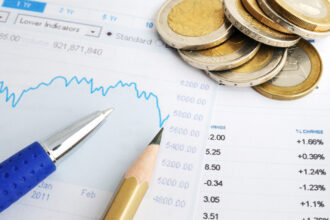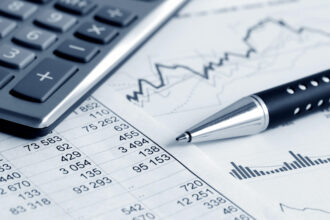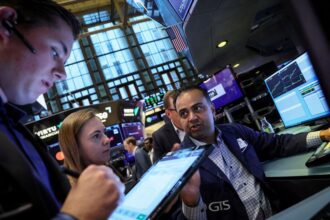By Chuck Mikolajczak
NEW YORK (Reuters) – The rose on Wednesday, after U.S. economic data showed inflation increased for August but did little to move the needle on expectations for the path of rate hikes from the Federal Reserve.
The consumer price index increased by 0.6% last month, the largest gain since June 2022, as gasoline prices jumped, Labor Department data showed. Excluding the volatile food and energy components, the CPI increased 0.3%, moderated by a decline in prices for used cars and trucks.
“The move higher in headline inflation is a head-fake since it was mostly driven by a huge 10.5% jump in energy commodity prices,” said Brian Jacobsen, chief economist at Annex Wealth Management in Menomonee Falls, Wisconsin.
“The head-fake can still be a headache for the Fed as they have to explain why inflation is trending lower despite what people are seeing at the pump.”
The dollar index, which tracks the currency against a basket of rival currencies, advanced but was slightly off earlier highs with a gain of 0.11% to 104.70.
The data did little to alter expectations the U.S. central bank will hold rates steady at its policy announcement next week at the conclusion of its Sept. 19-20 meeting. The market is pricing in a 97% chance the Fed will keep rates at their current level, up from 92% on Tuesday, according to CME’s FedWatch Tool.
Expectations for a 25 basis point hike at the November meeting, which had been creeping up this week, dipped to 39.4% from 41.1% a day ago.
The euro slipped 0.13% to $1.0738 against the greenback ahead of the policy announcement from the European Central Bank (ECB) on Thursday.
A source with direct knowledge of rate setters’ discussions told Reuters on Tuesday the central bank expects euro zone inflation to remain above 3% next year, supporting the case for a tenth straight interest rate increase this week.
Sterling was roughly flat at $1.2497, after data showed the UK economy contracted in July at an unexpectedly sharp rate, as gross domestic product shrank 0.5% from June, below expectations for a 0.2% contraction.
The dollar advanced 0.32% against the yen to 147.53 as the Japanese currency continued to give back a sharp gain on Monday the resulted in the biggest one-day climb for the yen in two months.
Weekend comments from Bank of Japan (BOJ) Governor Kazuo Ueda heightened expectations the central bank could shift away from its negative interest rate policy, sending the yen surging to start the week, but these were subsequently dampened after influential ruling party lawmaker Hiroshige Seko indicated his preference for an ultra-loose monetary policy on Tuesday.
The yen has come under pressure against the dollar as the BOJ remains a dovish outlier among global central banks, especially since the Federal Reserve began its aggressive rate-hike cycle in March 2022.
Traders have been closely watching for any signs of intervention from Japan to shore up the yen since it weakened past the 145 per dollar threshold last month. A year ago, that level led to the first yen-buying intervention by the authorities since 1998.
Japan’s annual wholesale inflation slowed in August for the eighth straight month, data showed on Wednesday, offering some relief for households and retailers hit by past sharp rises in raw material imports.
Read the full article here








